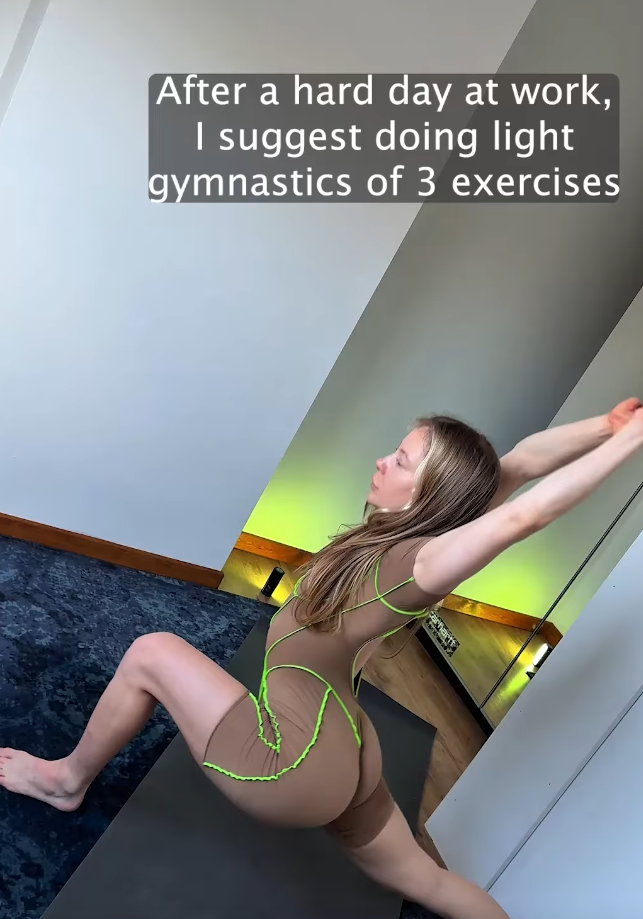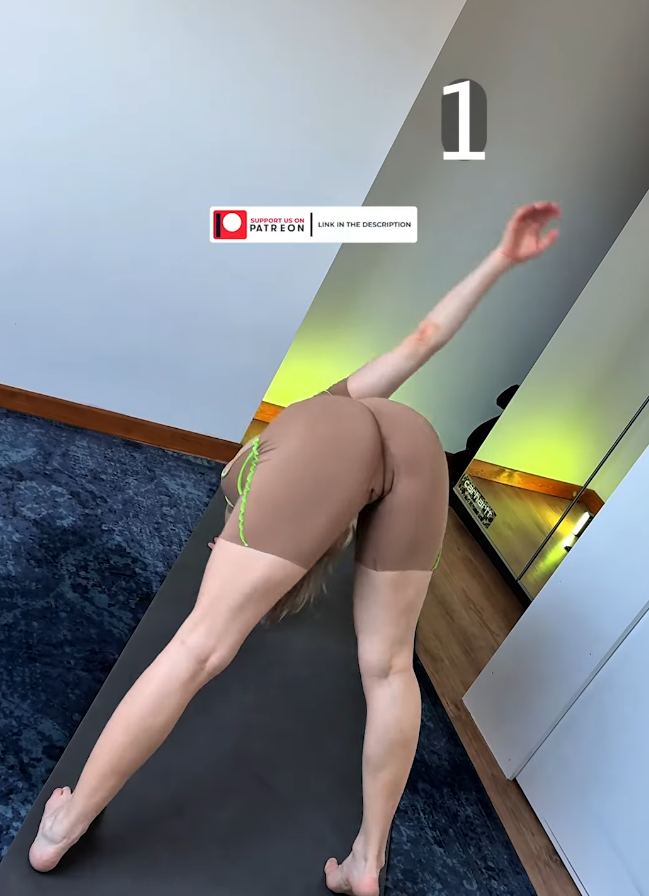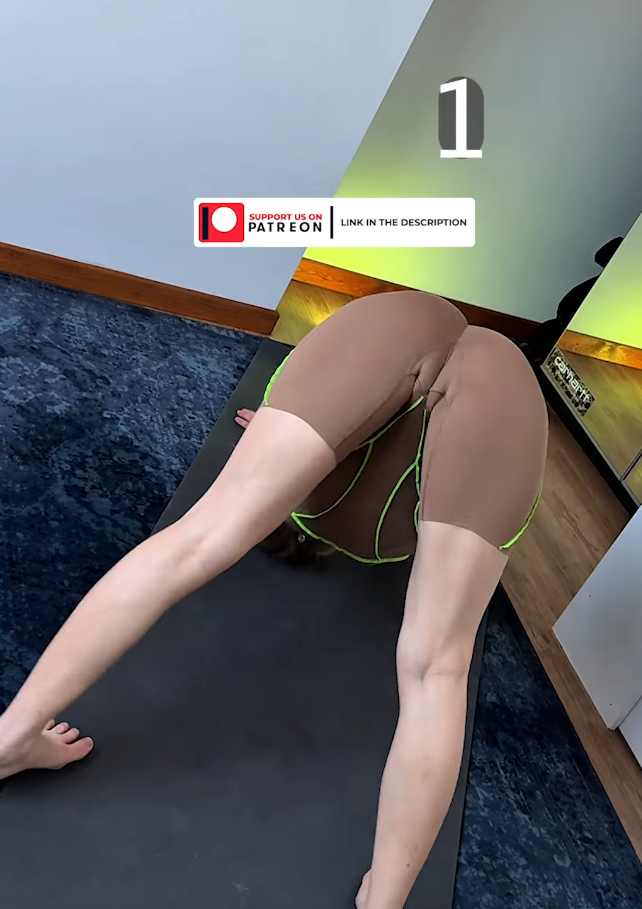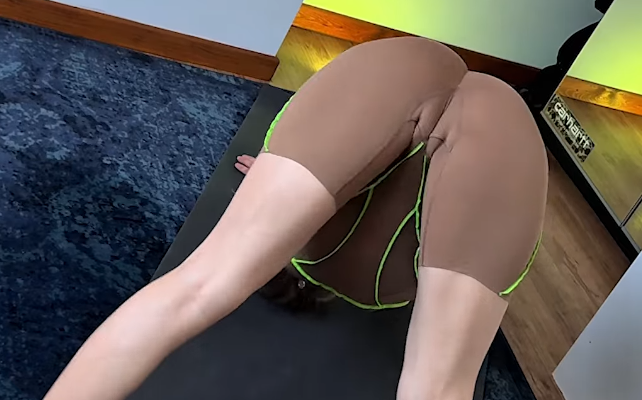In the world of fitness and wellness, breath is often the unsung hero. We move, stretch, lift, and sweat, sometimes without giving a second thought to the one thing that truly fuels it all: the breath. Whether you’re deep in a yoga pose, pushing through a tough workout, or gently lengthening your muscles in a stretching routine, your breath has the power to enhance or hinder your performance. The connection between breath and movement is both ancient and scientifically backed, offering insights into how we can move more mindfully, recover more effectively, and perform at our peak.

The Foundation: What Is Breath Awareness?
Breath awareness, often referred to as “conscious breathing,” involves being mindful of how you inhale and exhale. In many physical disciplines, particularly yoga, breath isn’t just a sidekick to movement—it’s the foundation. In yoga, this is called pranayama, which translates to “extension of the life force.” Breath is seen not only as oxygen intake but as vital energy that influences both the body and the mind.

When we tune into our breath, we become more present. This heightened awareness helps synchronize movement and breath, promoting efficiency and grace. It also has physiological benefits, such as lowering cortisol levels (the stress hormone), improving cardiovascular function, and increasing oxygen flow to the brain and muscles.

Breath in Yoga: The Gateway to Flexibility and Flow
In yoga, the breath guides the practice. Each inhale and exhale serves as a cue to transition between poses or deepen into a stretch. For example, during a sun salutation, you might inhale as you raise your arms overhead and exhale as you fold forward. This creates a meditative rhythm that makes movement smoother and more intentional.

Deep, steady breathing during stretching allows your nervous system to calm down. When you hold a pose like a forward fold and focus on slow exhales, your muscles are more likely to relax. This is due to the activation of the parasympathetic nervous system, which tells your body it’s safe to release tension.

The famous “ujjayi breath” (ocean breath) used in many yoga classes creates internal heat and helps maintain focus. It’s a subtle, audible breath taken in and out through the nose, creating a soothing sound and a steady rhythm to match your movement. This kind of breath control is not only meditative—it can also support greater endurance during more challenging sequences.
In Fitness: Why Breath Matters During Strength and Cardio
In strength training and high-intensity workouts, breath plays a critical role in performance and safety. Think of how you instinctively exhale when lifting something heavy—that’s your body naturally engaging the core and stabilizing the spine. This breath-meets-brace technique is common in exercises like squats, deadlifts, and push-ups.
Holding your breath during exertion (known as the Valsalva maneuver) can help temporarily increase intra-abdominal pressure, which can be beneficial for lifting heavy weights. However, it’s not ideal for extended periods, especially in people with high blood pressure. Controlled breathing ensures oxygen keeps flowing to your muscles, preventing dizziness, fatigue, and even injury.
In cardio-focused workouts—like running, cycling, or HIIT—rhythmic breathing helps maintain stamina. Runners often use breath-counting techniques, such as inhaling for three steps and exhaling for two, to keep a consistent pace and avoid side stitches. The more efficiently you breathe, the better your body can manage lactic acid buildup and the longer you can sustain movement.
Stretching and Flexibility: The Breath-Mobility Connection
Stretching is more than just a physical act—it’s an opportunity to connect deeper with the body. When we stretch, especially after a workout or in the evening to unwind, breath can become a tool for releasing tightness and improving flexibility.
Let’s say you’re doing a seated forward bend. You take a deep breath in, lengthening the spine, and as you exhale, you fold forward. Each breath gives you the chance to go a little deeper—not by force, but by release. The exhale is the key here; it signals to your brain that it’s safe to let go.
This is backed by the science of the golgi tendon reflex—a protective mechanism in your muscles that prevents overstretching. Slow, steady breathing reassures the nervous system, allowing the muscle to gradually extend its range without triggering the reflex that tells it to tighten up.
Over time, consistent breath-focused stretching leads to greater mobility, fewer injuries, and a deeper sense of ease in the body.
The Mind-Body Connection
One of the most powerful aspects of connecting breath and movement is the mental shift that occurs. When you breathe with awareness, your mind naturally quiets. This is especially important in our fast-paced lives, where workouts can sometimes feel rushed or mechanical.
By focusing on the breath, you create a moving meditation. This doesn’t mean you have to move slowly—athletes, dancers, and martial artists all benefit from breath awareness, regardless of intensity. It simply means that you’re in tune with your body, moving from a place of presence rather than autopilot.
Stress and anxiety often show up as shallow breathing or holding the breath altogether. By practicing breath-movement integration regularly, you teach your body how to stay calm and centered—even during physically or emotionally demanding times.
Practical Tips to Integrate Breath and Movement
If you’re new to this idea or want to deepen your practice, here are a few simple ways to start:
- Match breath to movement: Inhale when opening or expanding (like lifting your arms), exhale when folding or contracting (like bending forward).
- Use breath to pace your workout: Let your breath set the tempo, especially in yoga, Pilates, or mobility work.
- Inhale through the nose, exhale through the mouth or nose: This helps filter the air, control oxygen intake, and calm the nervous system.
- Pause and breathe between reps or sets: Especially in strength training, this can improve focus and recovery.
- Try breathwork on its own: Even 5 minutes of daily deep breathing can enhance your movement practice and overall well-being.
Conclusion
Breath is the bridge between body and mind. It’s the rhythm behind every stretch, pose, lift, and leap. When we learn to move with the breath—whether in yoga, fitness, or daily life—we unlock a level of awareness and strength that goes far beyond physical ability.
So the next time you step onto your mat or into the gym, take a moment to inhale deeply and feel your body come alive. Let your breath guide you, support you, and remind you that movement is not just about doing—it’s about being present in every breath and every step.
Let me know if you’d like this reformatted for a blog post or social media carousel style!



